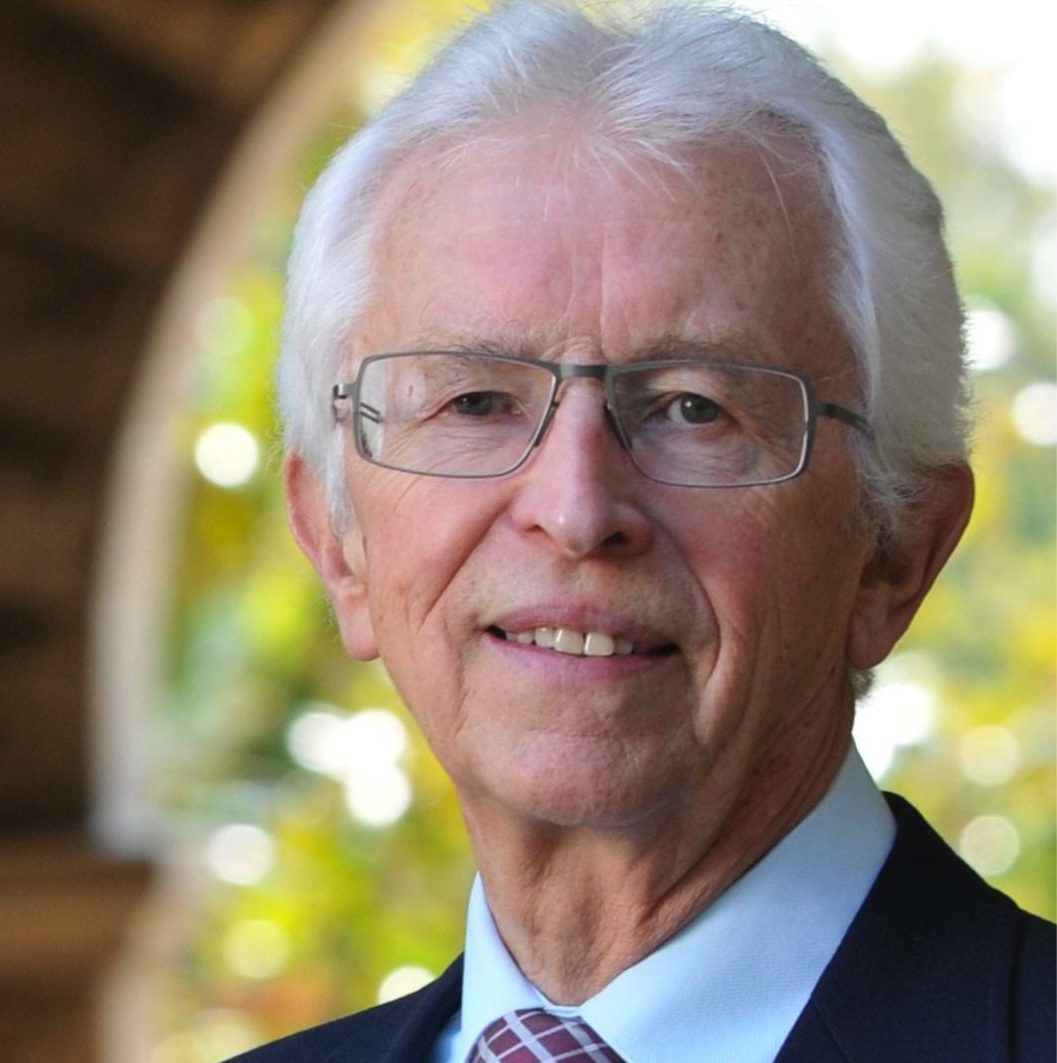Siegfried Hecker is an American nuclear scientist whose research interests include plutonium science, nuclear weapons policy, and nuclear security. Hecker served as the Director of the Los Alamos National Laboratory from 1986-1997 and now serves as co-director of Stanford University’s Center for International Security and Cooperation. Mr. Hecker has visited North Korea seven times and has toured the country’s nuclear facilities.
BPR: How has North Korea’s nuclear program developed over time?
SH: The nuclear program in North Korea has been going on for 50 years. The program really took off in the direction of producing a nuclear bomb in late 2002. They started building the bomb in 2003, and then in 2006, they conducted the first nuclear test. Since then, they have made substantial progress in being able to design and manufacture a nuclear device that is more powerful than the bombs that that destroyed Hiroshima and Nagasaki. The next issue is whether the North Koreans have missiles that can deliver these bombs. What we do know is that they most likely have a missile that could reach the United States. They probably still need another nuclear test and some more missile tests to convince themselves they can actually put a nuclear warhead on a missile that can reach the United States. But they’re working on it, and I have little doubt that they’ll get there eventually.
BPR: How did previous administrations work with the North Korean government to avoid nuclear conflict?
SH: By the time President Clinton came into office, it was clear that there was a serious problem with the North Koreans preparing to build a bomb. In 1994, Clinton struck a deal with Kim Jong-il called the “Agreed Framework.” When Clinton came into office his objective must have been to not let North Korea build a bomb, and when he left office in January 2001, they didn’t have a bomb, as best as I know. However, while the Agreed Framework did require North Korea to halt the operations of their nuclear plutonium complex, North Korea was covertly exploring other ways to develop the bomb. This is what the Bush administration found out. Ultimately, the Bush administration failed because they killed the Agreed Framework, and were not prepared for the consequences. By the end of the Bush administration, North Korea had maybe a handful of primitive bombs. Obama’s approach was very different—first he tried to negotiate, and then he implemented economic sanctions. However, Obama failed. By the end of the Obama administration, North Korea had a nuclear arsenal.
BPR: How would you rate the Trump administration’s approach to handling the conflict in North Korea?
SH: When entering office, the most important job President Trump faced was to not let North Korea use their nuclear arsenal. So, the first order of business should have been to talk to the North Koreans and to ensure that they had an understanding that nuclear weapons could not be used. Instead, the focus of the Trump administration appears to be to not let the North Koreans develop ICBM capabilities to reach the United States. My view, however, is that the fact that North Korea’s missiles could reach South Korea and Japan is bad enough. Both because it puts Seoul and Tokyo at risk and since there’s at least 150,000 U.S. citizens in South Korea [and] 54,000 U.S. soldiers in Japan—so there are a lot of Americans lives are at risk. However, President Trump seems to be really adamant to not let North Korea achieve an ICBM. And the more adamant President Trump becomes, the more determined North Korea is to get there. So, we’ve had a race. And along with that race, there has been a race in the war of words.
BPR: How imminent of a threat do you think that a nuclear war with North Korea really is?
SH: We don’t have a preemptive military option. They’ve gone too far. In fact, a report yesterday by the Congressional Resource Service said that in the outbreak of a war, the North Koreans could kill as many of 300,000 in Seoul with conventional weapons only. So, attacking North Korea for any reason is going to inflict unacceptable damage on our allies. Then, if they use nuclear weapons, the unacceptable becomes totally unacceptable. A further problem with a preemptive military strike is that we don’t know where all the weapons are. The U.S. and South Korea have to be prepared to reply—to defend themselves. My recommendation has been that the Trump administration sends envoys to North Korea to make sure that miscalculations or misunderstandings don’t lead to war or a nuclear exchange. The most imminent threat is not the North Koreans unexpectedly launching a nuclear tip missile at South Korea, Japan, or the United States. I think that the chances of that are very small, and that’s not what keeps me up at night. Instead, the most imminent threat is this war of words— that we back North Korea into a corner, where unexpectedly, because of a misunderstanding or a miscalculation, we stumble into a confrontation, and that confrontation leads to a nuclear exchange. It’s the US that has to take the lead in reaching an understanding. Our president is sufficiently unpredictable. He may accelerate his aggressive rhetoric, or go for the art of the deal. It’s not clear at this point. But it is a pretty nervous situation.

I would have liked to know his opinion of V. Cha as Amb to RoK